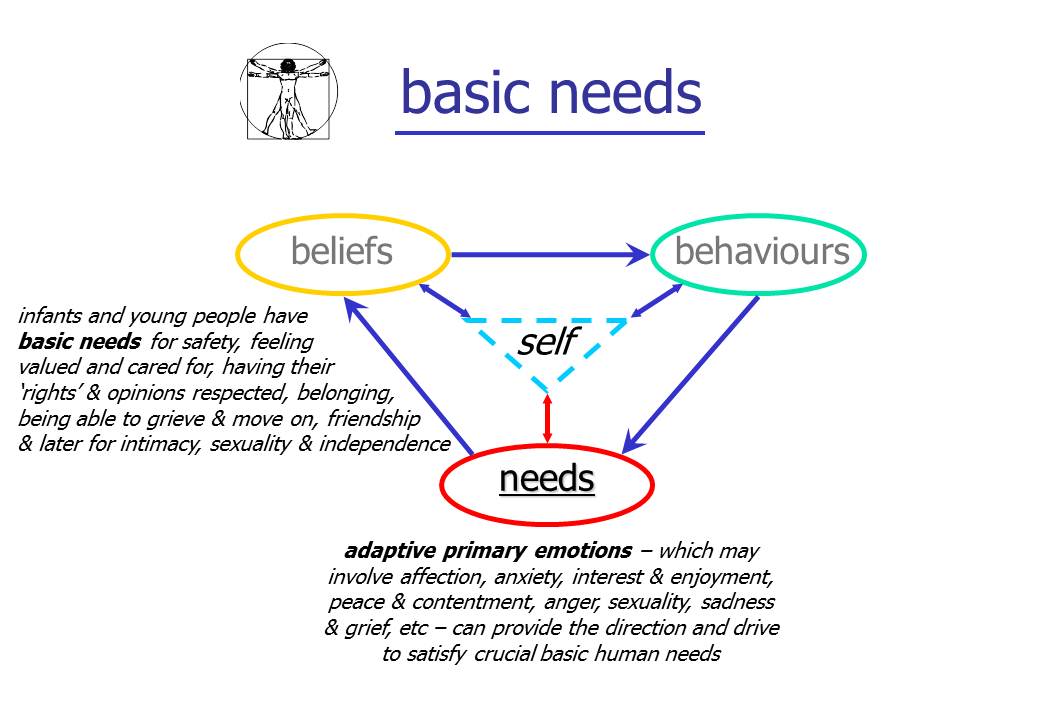Recent research: 2 studies on child adversity-adult illness links, 2 on prevalence, & 2 on how adversity may lead to resilience
Last updated on 3rd January 2011
Here are seven recent research studies - largely about the effects of early life adversity on adult psychological health (although I've slipped in one I find important on the prevalence & effects of subsyndromal/subclinical symptoms). The last two papers touch on the truth or falsity of Nietsche's famous saying "What does not destroy me makes me stronger".

